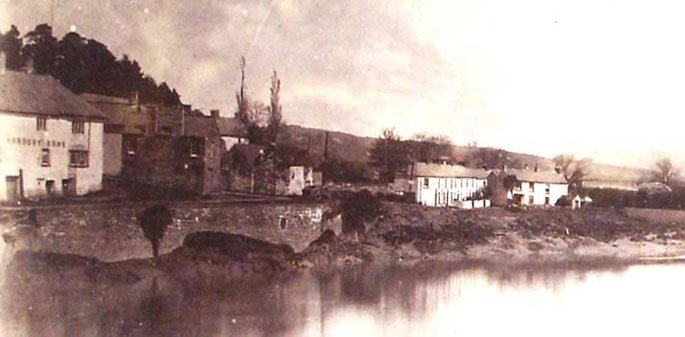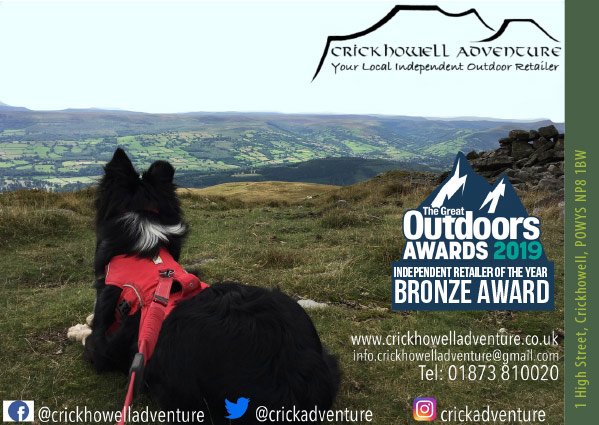Clues to its importance in the post-Roman era are reflected in the street pattern. Helen Morgan from Abergavenny Local History Society reports

After the Romans went home, the Welsh abandoned Gobannium and returned to their rural roots. In Caerleon, however, the natives continued to inhabit the former fortress and to benefit from their economic legacy. For unlike Abergavenny, Caerleon was a principal port whose Roman wharves were replaced by the medieval seawall in front of the Hanbury Arms on the river Usk. As a trading centre for wool, wine, leather and hides, it “excited the envy and admiration of Cardiff, Newport, Chepstow and surrounding towns,” says the historian JW Dawson.
Following the Norman conquest, Gwent continued to be ruled by a Welsh king. But after Caradog’s death in 1081, William the Conqueror imposed an aggressive regime against the Welsh. Then with the death of Henry I in December 1135, it was Caradog’s grandsons Morgan and Iorwerth who returned to the fore. They mounted a guerrilla campaign as civil war raged over the succession between Henry I’s daughter Matilda and her cousin Stephen. The ambush and killing of the lord of Ceredigion, Richard de Clare, the following April was in reaction to the Normans’ hostility.
The brothers became the Welsh lords of Caerleon and, by the mid-12th century, the city had acquired a special mystique. Geoffrey of Monmouth’s History of the Kings of Britain had located King Arthur and his court in Caerleon. At the same time the city’s visible past glory in the form of the Roman baths and Tetrapylon (an enormous tower) still dominated centre. As Gerald of Wales wrote in 1188 : “Immense palaces, which, with the gilded gables of their roofs, once rivalled the magnificence of ancient Rome…. There is a lofty tower, and beside it remarkable hot baths, the remains of temples and an amphitheatre.”
Caerleon’s downfall came in 1217 after William Marshal the powerful lord of Chepstow demolished the symbols of Welsh military and political revival, including the fortress baths and tetrapylon. Today the Olde Bull Inn with the remains of a blocked tunnel leading to the Priory is one of the few surviving medieval buildings. But the strongest clues to Caerleon’s past are in the street patterns which, with little exception, are the same as they were two millennia ago, says Dr Ray Howell. “If the Roman gates were still standing, modern traffic would effectively be passing through them.”
Dr Ray Howell’s talk at the Borough Theatre on September 27 starts at 7.30pm. Non-members are welcome to join on the night. Doors open at 7pm.
www.abergavennylocalhistorysociety@org.uk

